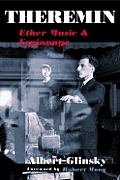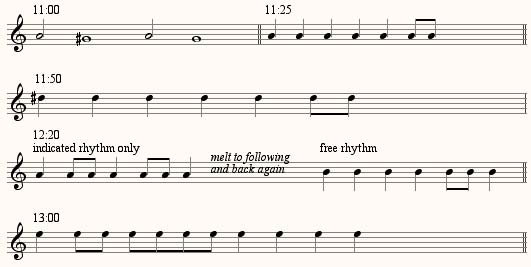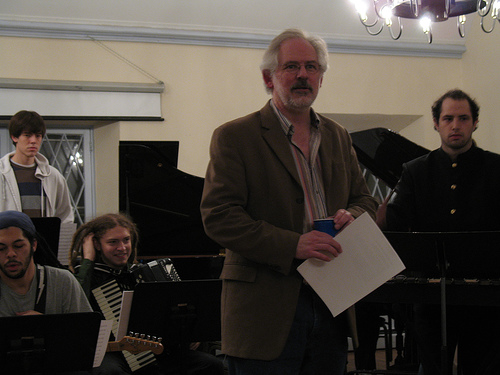You will no doubt have seen this before reading me, but John Maxwell Hobbs, in a comment below, calls my attention to Clive Thompson’s fascinating interview in the Times with Daniel Levitin, the cognitive scientist who tracks how music gets processed in the brain. The passage that I’ll be quoting to my composition students is this:
Observing 13 subjects who listened to classical music while in an M.R.I. machine, the scientists found a cascade of brain-chemical activity. First the music triggered the forebrain, as it analyzed the structure and meaning of the tune. Then the nucleus accumbus and ventral tegmental area activated to release dopamine, a chemical that triggers the brain’s sense of reward.
The cerebellum, an area normally associated with physical movement, reacted too, responding to what Dr. Levitin suspected was the brain’s predictions of where the song was going to go. As the brain internalizes the tempo, rhythm and emotional peaks of a song, the cerebellum begins reacting every time the song produces tension (that is, subtle deviations from its normal melody or tempo). [Emphasis added]
For years I’ve harangued my students that every new note creates expectations that must be dealt with – whether fulfilled or contradicted, but at least acknowledged – and now I’ve got cognitive science to back me up.

 A couple of months ago, driving back from North Carolina, I chanced across a garden supply store in Virginia that advertised bird products, and, being in a mood for a break, stopped. Looking through the paraphernalia, my eye was drawn to a running video. On it spun a contraption called the “Yankee Flipper,” advertised as the world’s first squirrel-proof bird feeder: a large, clear plastic cylinder with a green metal ring at the bottom. Birds could perch on the ring and feed peacefully, but the greater weight of a squirrel, pressing the ring, set off a motor that made the ring spin around, casting the squirrel into the empyrean. I was transfixed: the sight of these squirrels being flung into the air made me laugh until tears ran down my face. You can see the video yourself
A couple of months ago, driving back from North Carolina, I chanced across a garden supply store in Virginia that advertised bird products, and, being in a mood for a break, stopped. Looking through the paraphernalia, my eye was drawn to a running video. On it spun a contraption called the “Yankee Flipper,” advertised as the world’s first squirrel-proof bird feeder: a large, clear plastic cylinder with a green metal ring at the bottom. Birds could perch on the ring and feed peacefully, but the greater weight of a squirrel, pressing the ring, set off a motor that made the ring spin around, casting the squirrel into the empyrean. I was transfixed: the sight of these squirrels being flung into the air made me laugh until tears ran down my face. You can see the video yourself  While I’ve got my blog formatting page stoked up, would you like a recommendation on a Christmas gift for music lovers? Albert Glinsky’s
While I’ve got my blog formatting page stoked up, would you like a recommendation on a Christmas gift for music lovers? Albert Glinsky’s 

